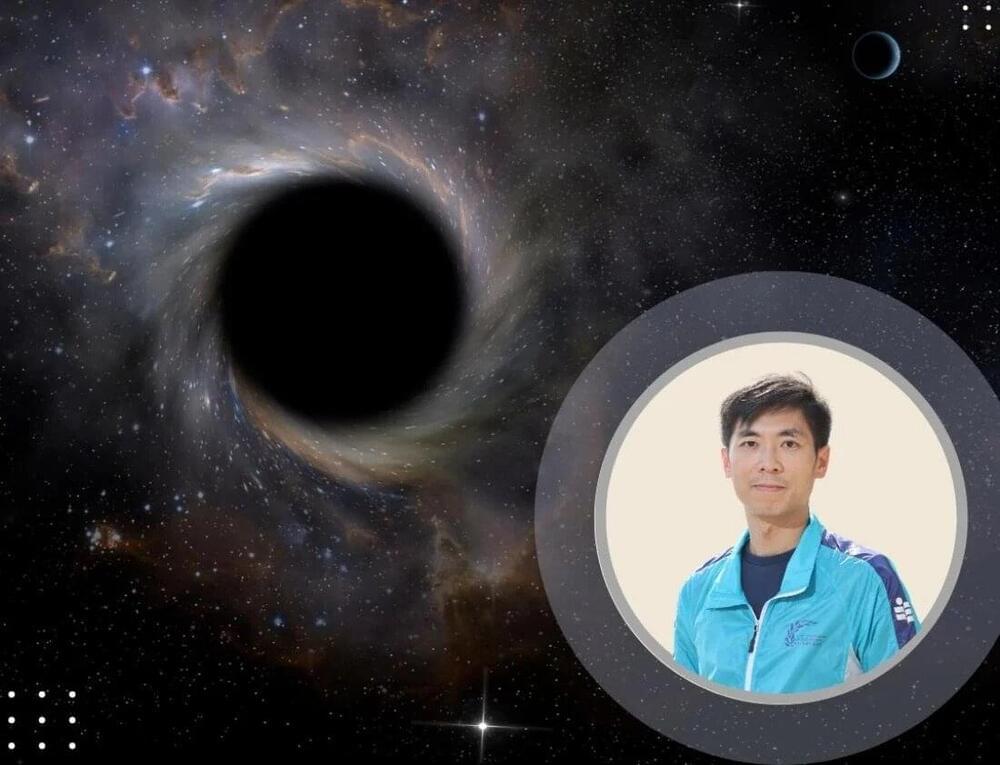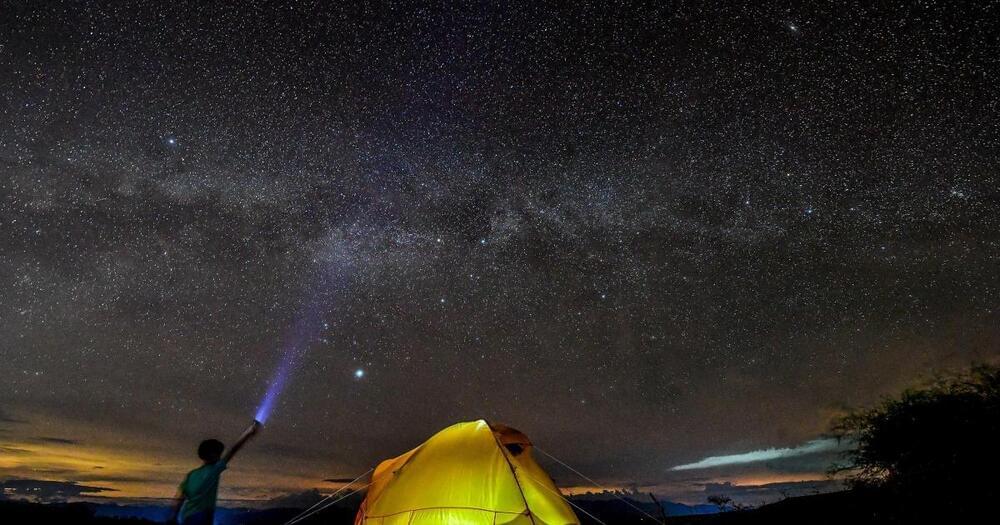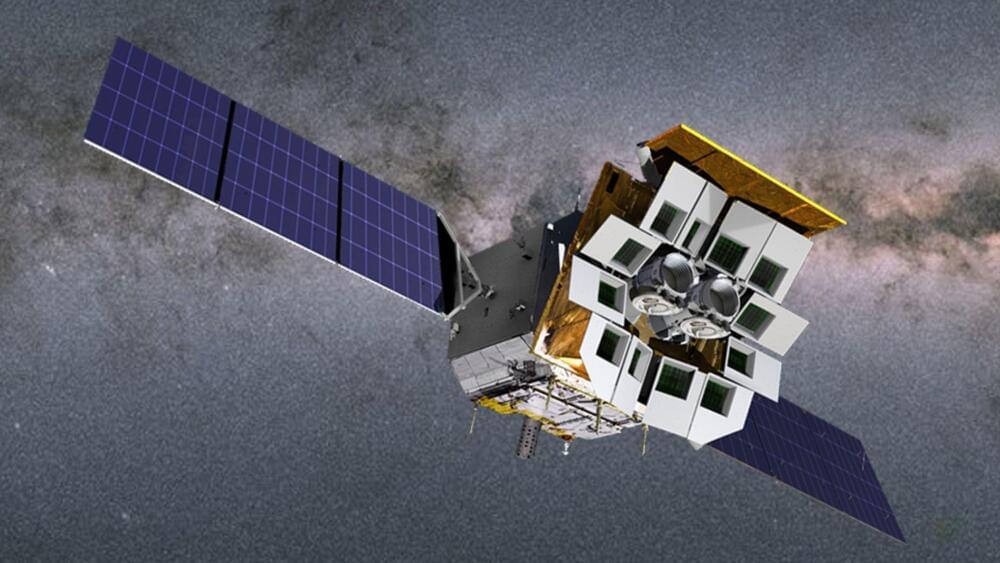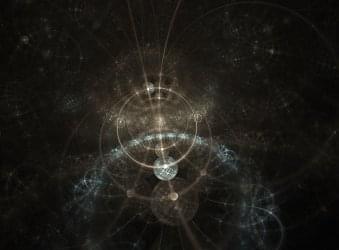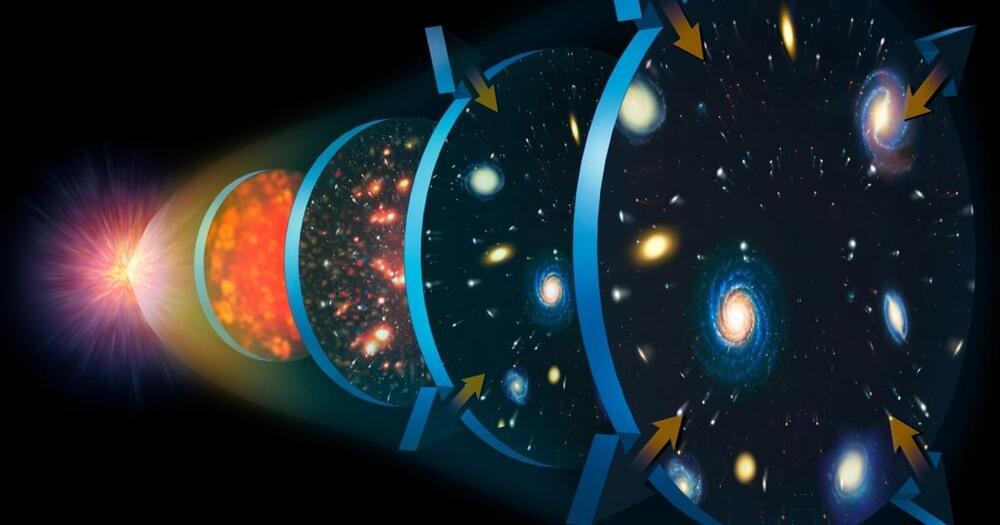It’s time to explore what might be the ultimate starship! The Kugelblitz Black Hole Starship! Can you really create an artificial black hole? If so, how much energy would it generate, and how fast could it propel a ship across he galaxy? The answers are simply mind-blowing.
#space #blackhole #interstellar.
Please support my channel! EARLY VIDEO RELEASES, DISCORD MEMBERSHIP AND EXCLUSIVE CONTENT PLUS 15% OFF MERCH!
https://www.patreon.com/AngryAstronaut.
https://www.paypal.com/paypalme/AngryAstro.
https://www.researchgate.net/publication/293633217_Accelerat…z_Starship
